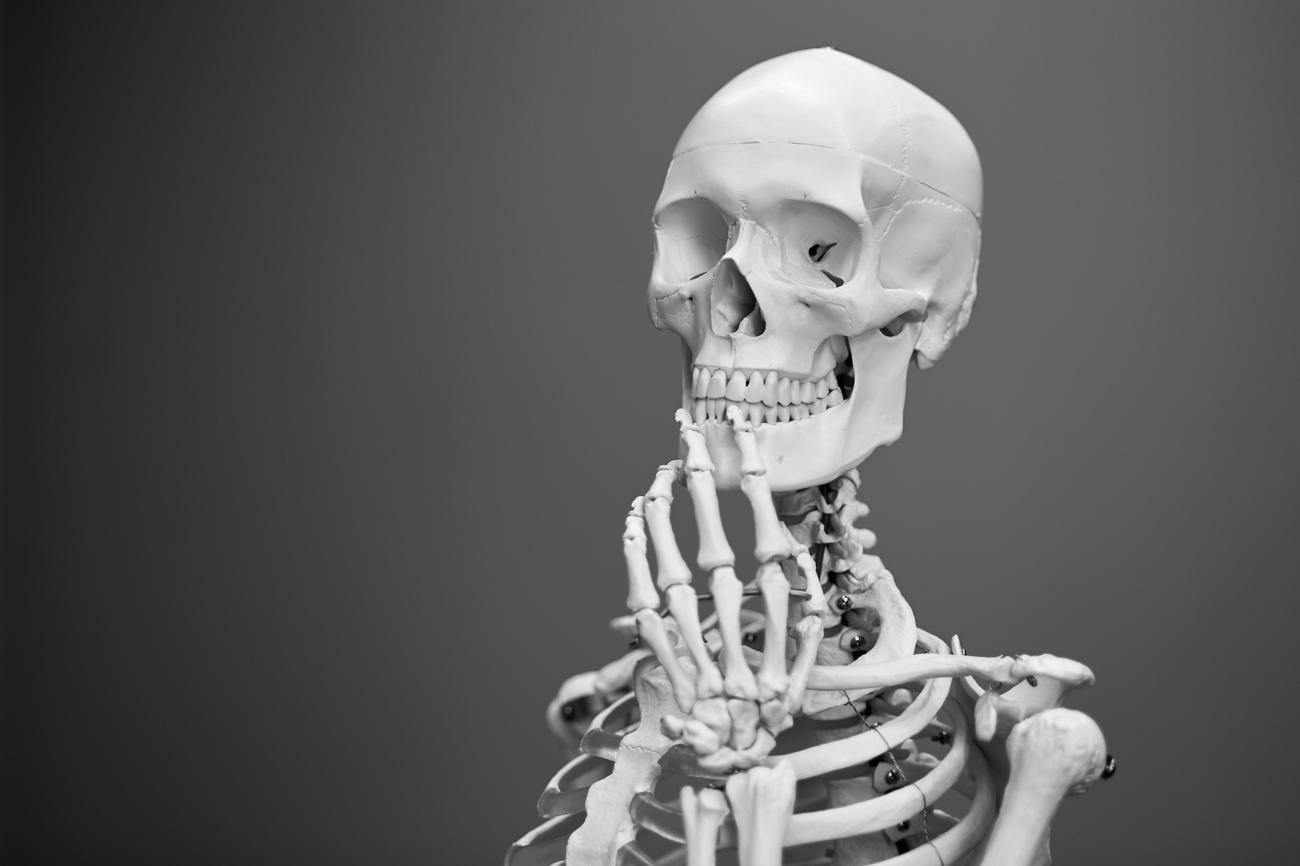If you’ve ever been curious about the hidden wonders tucked away within our feet, you’re in for a treat. In this article, we will embark on a fascinating journey into the intricate world of foot bones. Prepare to be amazed as we delve deep into the secrets of these remarkable skeletal structures, uncovering the captivating information that lies beneath. From their unique characteristics to their essential role in supporting our day-to-day activities, we will unveil the wonders that reside within the often underappreciated bones of our feet.

Unveiling the Wonders of Foot Bones
As a seasoned orthopedic specialist, I have dedicated years of my life to unraveling the secrets held within the intricate network of bones that make up the human feet. These fascinating structures, often taken for granted, play a crucial role in our everyday lives. Today, I invite you to join me on a journey as we explore the wonders of foot bones and uncover the remarkable capabilities they possess.
Did you know that foot bones account for about a quarter of all the bones in our bodies? Yes, it’s true! Most people have 26 bones in each foot, totaling to a staggering 52 bones in their lower extremities alone. Within these small but mighty structures, a multitude of unique characteristics and functions exist, waiting to be discovered.
One of the most intriguing aspects of foot bones lies in the toes. Out of the 26 bones found in each foot, an astonishing 14 of them reside in our toes. These tiny bones, although often overlooked, contribute significantly to our balance and mobility. You can think of them as the foundation of our feet, allowing us to perform intricate movements and maintain stability.
But it doesn’t stop there. Another astonishing fact is that the human foot boasts an impressive 33 joints. These joints are what make our feet such versatile and adaptable structures. Acting as mobile adaptors, our feet are capable of adjusting to various terrains and surfaces, enabling us to walk, run, and engage in countless physical activities. This adaptability is truly a marvel to behold.
Now let’s zoom in on the soles of our feet. Did you know that they contain more sweat glands and nerve endings per square inch than any other body part? This makes them incredibly sensitive to touch and temperature changes. Our feet serve as the primary sensory input for our body, constantly relaying information to our brain about our surroundings. Their complex network of bones, coupled with an abundance of sensory receptors, allows us to experience the world through the soles of our feet.
Baby feet, in particular, hold an interesting distinction. When infants are born, they possess more cartilage than bone in their feet. Over time, this cartilage ossifies and transforms into solid bone, shaping the foot’s structure. The development of the feet during early childhood is a fascinating process as they mold into the architectural marvels they are meant to be.
Let’s dive into the specifics of these extraordinary bones. The calcaneus, often referred to as the heel bone, holds the title for being the largest bone in the human foot. This bone plays a vital role in absorbing shock and supporting our body weight during activities such as walking and running. On the other end of the spectrum, we have the cuneiforms, which are the smallest bones in the foot. These delicate bones, located near the metatarsals, contribute to the foot’s overall flexibility.
To summarise, the feet are a testament to the intricacy and brilliance of human anatomy. With 26 bones, 33 joints, 19 muscles, and 107 ligaments, they are a masterpiece of engineering. Every step we take is a testament to the immense capabilities of our foot bones, providing the foundation for our daily activities.
[quote]The feet truly are marvels of human anatomy, combining strength, adaptability, and sensitivity in one incredible package.[/quote]
In conclusion, the world of foot bones is a treasure trove of fascinating information waiting to be discovered. From the phenomenal number of bones within our toes to the intricacies of the foot’s joints and the sensory wonders of the soles, these remarkable structures have captivated my attention and awe for years. I hope that by sharing this knowledge, I have sparked a sense of wonder and appreciation for the intricacies of our feet’s skeletal structure. So the next time you take a step, remember the incredible feats achieved by your foot bones and marvel at the wonders they behold.
Fun facts about feet bones are always fascinating to learn. Did you know that the human foot is made up of 26 bones? It’s true! From the tiniest toe bones to the robust bones that form the arch, our feet bones serve as the strong foundation for our bodies. If you’re interested in discovering more intriguing facts about feet bones, click here: fun facts about feet bones.
FAQ
Question 1
How many bones are there in each foot?
Answer 1
Each foot has 26 bones, making up a total of 52 bones in both feet.
Question 2
What is the largest bone in the human foot?
Answer 2
The largest bone in the human foot is the calcaneus, which forms the heel.
Question 3
Which bones are the smallest in the human foot?
Answer 3
The smallest bones in the human foot are the cuneiforms, which are located closest to the metatarsal bones.
Question 4
How many joints are there in the foot?
Answer 4
There are 33 joints in the foot, contributing to its exceptional mobility and adaptability.
Question 5
Do babies have more cartilage than bone in their feet?
Answer 5
Yes, babies are born with more cartilage than bone in their feet, and as they grow, the cartilage gradually ossifies into bone.
“`json
“`
- Discover Long Black Pepper: Flavor & Health Benefits - April 25, 2025
- Shocking Twists: The Grownup Review: Unreliable Narration - April 25, 2025
- A Quiet Place Book vs Movie: A Deep Dive - April 25, 2025
















